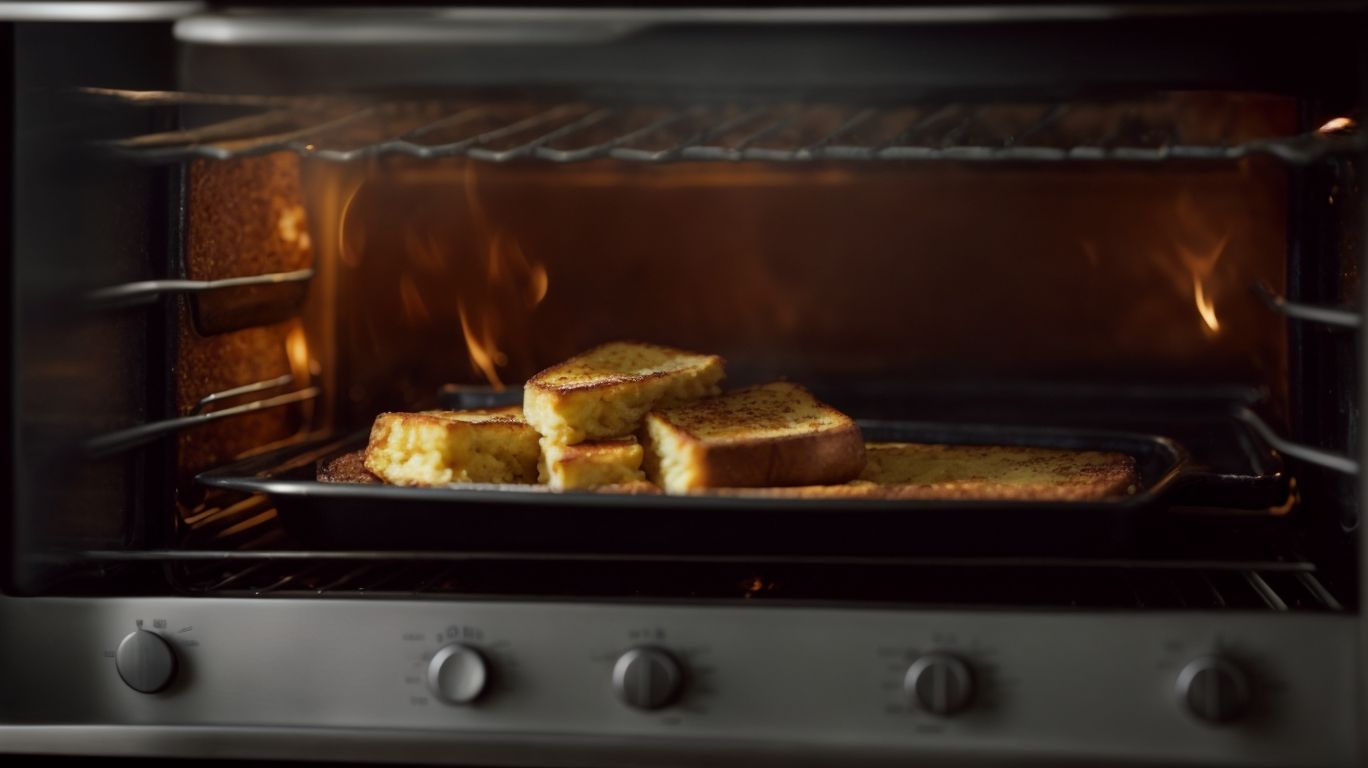How to Bake French Toast?
Looking to elevate your breakfast game with a delicious and indulgent dish? French Toast is the answer!
We explore the key ingredients needed to make the perfect French Toast, including the best bread to use and how to prepare it. Delve into making the mouthwatering batter, cooking the French Toast to perfection, and serving it with delectable toppings and side dishes.
Stick around for some additional tips and tricks to take your French Toast to the next level!
Key Takeaways:
Ingredients for French Toast
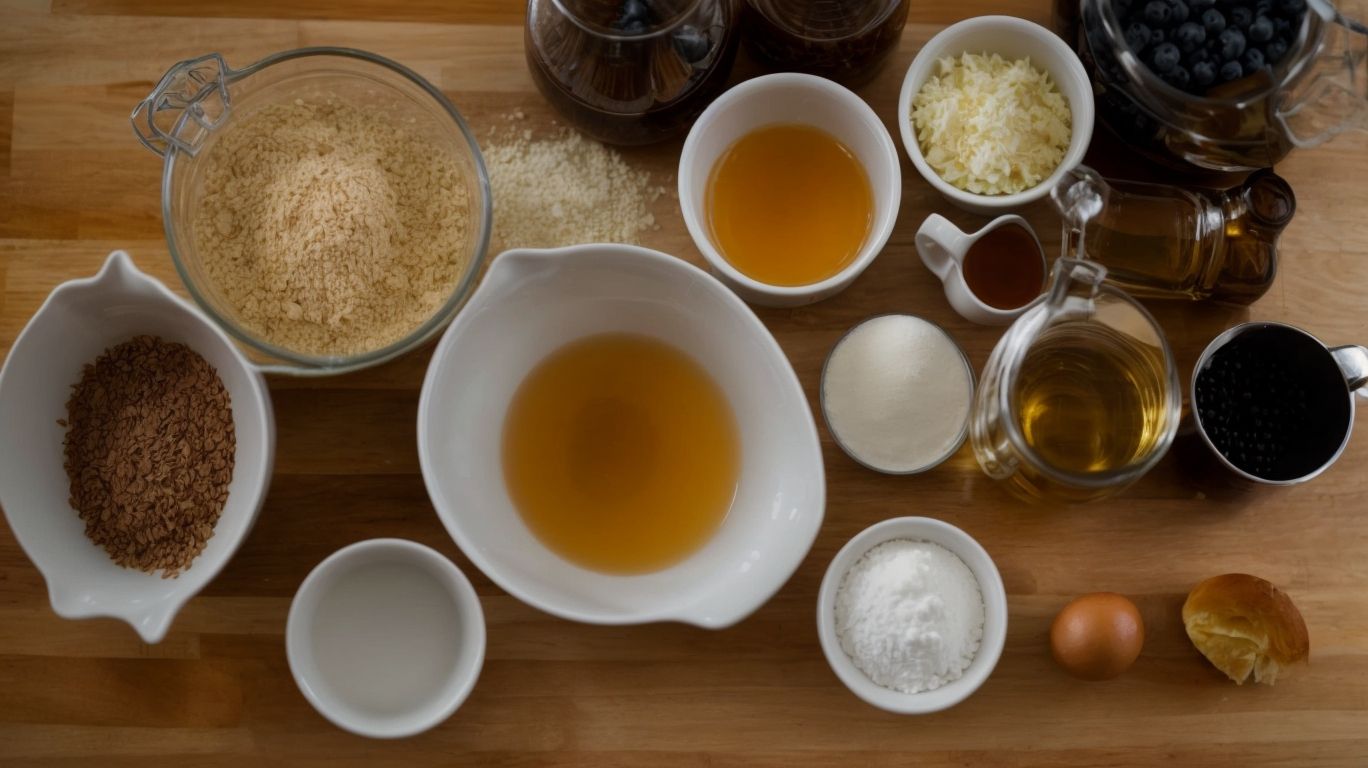
Credits: Poormet.Com – Ryan Lopez
Creating delicious French toast requires a handful of key ingredients to elevate its flavors and textures.
Among these essential ingredients,
- eggs serve as the foundation of the dish, providing richness and binding everything together.
- The choice of bread plays a significant role; opt for slightly stale bread like brioche or challah to absorb the custard mixture better, resulting in a creamy interior.
- Milk and cream bring a luscious creaminess, while a touch of vanilla enhances the overall flavor profile with its aromatic sweetness.
- For that perfect finishing touch, syrup and butter add a delightful sweetness and richness, making each bite satisfying.
What Kind of Bread Is Best for French Toast?
Selecting the right bread for your French toast is crucial in achieving the perfect balance of crispy exterior and soft interior.
French bread, with its light and airy texture, is a classic choice that absorbs the custard mixture beautifully, resulting in a fluffy and rich French toast.
Cinnamon raisin bread adds a touch of sweetness and warmth to the dish, creating a delightful flavor profile.
On the other hand, farmhouse bread offers a hearty and rustic element, perfect for those who prefer a denser bite.
Texas toast provides a thick slice that crisps up nicely on the outside while remaining pillowy inside.
Brioche, with its buttery richness, elevates French toast to a decadent treat.
What Other Ingredients Are Needed for French Toast?
Plus bread, French toast can be enhanced with a variety of ingredients like cinnamon, sugar, and an array of creative toppings.
These additional ingredients not only add layers of flavor but also provide a unique twist to the classic French toast recipe.
- Cinnamon is a popular choice due to its warm, spicy notes that complement the sweetness of the dish. Sprinkling a dash of cinnamon on the bread mixture or incorporating it into the custard can infuse the entire dish with a cozy aroma.
- Regarding sweeteners, sugar plays a crucial role in balancing the flavors. Whether you opt for white sugar, brown sugar, or even a touch of maple syrup, the sweetness can enhance the overall taste.
- Experimenting with various toppings such as fresh fruits, whipped cream, nut butter, or even a drizzle of chocolate sauce can take your French toast to a whole new level of deliciousness. These customizable options allow you to cater to different preferences and create a breakfast that suits your taste buds perfectly.
How to Prepare the Bread for French Toast?
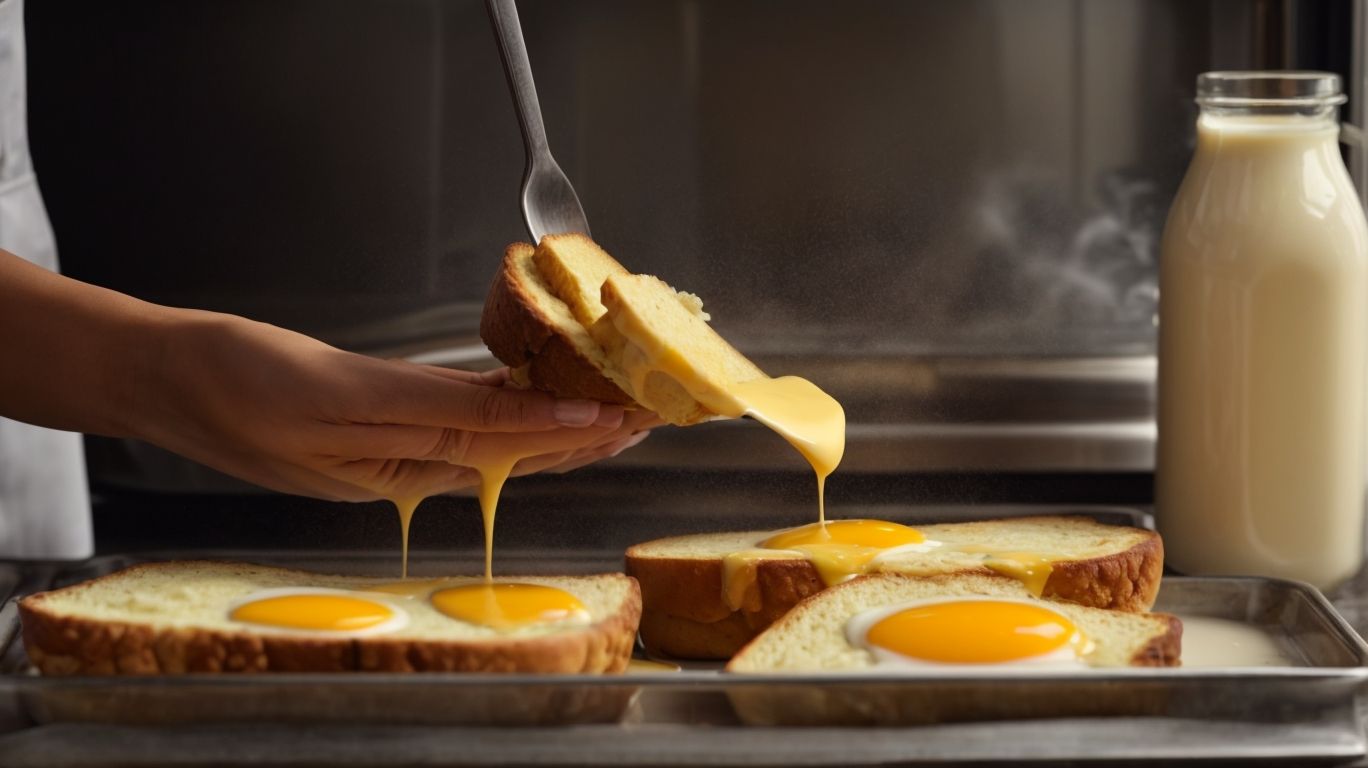
Credits: Poormet.Com – Bruce Brown
Preparing the bread correctly is key to crafting exceptional French toast, whether using stale slices for enhanced absorption or fresh bread for a lighter texture.
Regarding French toast, the choice between using stale or fresh bread can significantly impact the final result. Stale bread is often preferred due to its ability to soak up the egg mixture, resulting in a more custardy and flavorful toast. On the other hand, fresh bread can yield a lighter and fluffier texture.
Regardless of the preference, the ideal thickness of bread slices plays a crucial role. Slices that are too thin may become soggy quickly, while slices that are too thick might not soak up the mixture evenly.
Should the Bread Be Stale or Fresh?
The debate between using stale or fresh bread for French toast often comes down to personal preference and desired texture.
Using stale bread can provide a more crispy exterior while maintaining a soft interior, which some people prefer for their French toast. The dryness of stale bread also allows it to absorb the egg mixture without becoming too soggy.
On the other hand, fresh bread can result in a softer and slightly fluffier texture in the final dish. The use of fresh bread may be preferred by those who enjoy a more delicate and moist French toast experience.
Ultimately, the choice between stale and fresh bread for French toast comes down to individual taste preferences and desired end results.
How Thick Should the Bread Be?
The thickness of the bread slices plays a significant role in determining the texture and consistency of your French toast.
Regarding creating the perfect French toast, the thickness of the bread slices can make all the difference. Opting for thicker slices will result in a more custardy center, as the bread has more room to soak up the delicious egg mixture. On the other hand, if you prefer a crispier exterior, thinner slices are the way to go. The choice between thick and thin slices ultimately depends on your personal preference for the ideal texture of this classic breakfast dish.
How to Make the French Toast Batter?
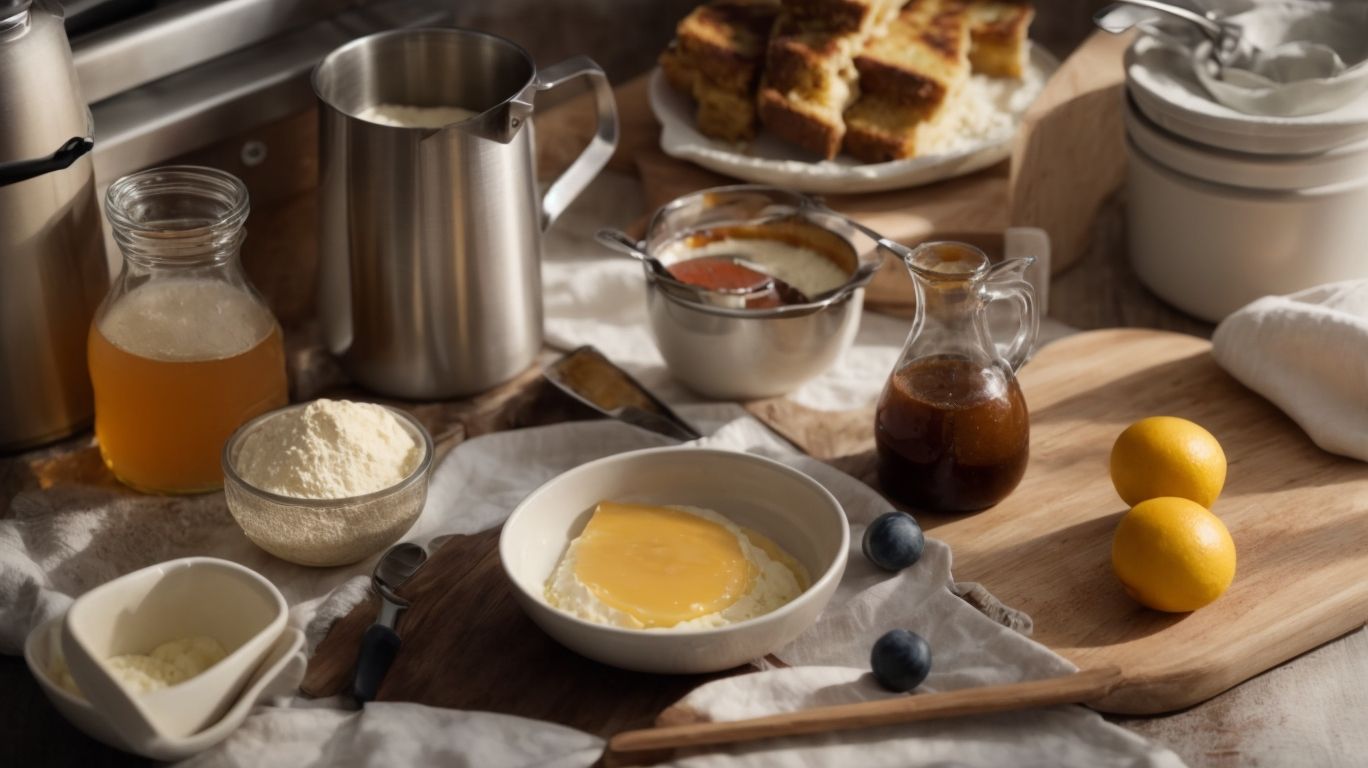
Credits: Poormet.Com – Peter Torres
Crafting the perfect French toast batter involves combining key ingredients to create a flavorful and creamy mixture.
Start by cracking a couple of fresh eggs into a bowl, the foundation of the batter. Whisk the eggs until they are well beaten, then add a splash of milk or cream to create a rich base. Next, a few drops of vanilla extract can elevate the flavor profile, followed by a sprinkle of cinnamon or nutmeg for warmth and depth. To sweeten the batter, a dash of sugar or maple syrup can be added to balance the flavors.
What Are the Key Ingredients for the Batter?
The foundation of a delectable French toast batter lies in the harmonious blend of eggs, cream, vanilla, cinnamon, and sugar.
Each ingredient plays a vital role in creating the rich, flavorful profile of the batter. The eggs provide structure and protein, ensuring a hearty texture. Cream adds a velvety smoothness while enhancing the overall richness. Vanilla infuses a warm, aromatic sweetness that elevates the taste, while cinnamon imparts a cozy, comforting spice. The touch of sugar caramelizes during cooking, contributing to that irresistible golden crust. Together, these components form a symphony of flavors that transform basic bread slices into a sublime breakfast classic.
How to Mix the Batter?
Mixing the French toast batter involves a simple yet crucial process that ensures all ingredients are well-combined for a harmonious flavor profile.
Begin by cracking eggs into a mixing bowl. The number of eggs depends on the quantity of French toast you want to prepare. For a standard batch, typically two to three eggs should suffice.
Next, add milk to the eggs. The milk helps to create a creamy texture and adds richness to the batter. A ratio of around 1:1 with the eggs is a good starting point.
Then, sprinkle in cinnamon and a touch of vanilla extract. These ingredients are essential for flavor enhancement and give the French toast its classic taste.
How to Cook French Toast?
Cooking French toast to perfection requires the right cooking method and temperature, whether using a skillet, oven, or griddle.
When preparing French toast on the stovetop in a skillet, start by heating the pan over medium heat and adding a touch of butter or oil to prevent sticking. Dip the bread slices in the egg mixture and place them in the skillet, cooking each side until golden brown. If baking in the oven, preheat it to 375°F for a balanced texture – not too soggy or too crisp. For a satisfying crunch, consider using a higher temperature of around 400°F and baking for a slightly shorter time to achieve a toasted exterior and soft interior.
What Is the Best Cooking Method for French Toast?
Selecting the best cooking method for French toast depends on personal preference, with options ranging from stovetop skillet cooking to baking in the oven using a baking sheet.
When using a stovetop skillet, you have more control over the cooking process, allowing you to adjust the heat as needed and achieve a crispy exterior with a soft interior. On the other hand, baking French toast in the oven on a baking sheet can result in a more hands-off approach, perfect for a hassle-free morning routine.
While skillet cooking tends to be quicker, baking in the oven can be a convenient option when making larger batches of French toast for brunch gatherings or meal prep. Baking French toast in the oven can result in a more even browning, creating a visually appealing dish.
How to Know When the French Toast Is Done?
Determining the perfect doneness for French toast involves monitoring cooking time to achieve the desired balance of crispy edges and a soft, custardy center.
Another visual cue that your French toast is done to perfection is the golden brown color it develops as it cooks. This indicates that the sugars have caramelized, enhancing the flavor profile of the dish. On the texture front, aim for a slightly chewy yet tender center that is fully cooked through. Test the readiness by pressing lightly on the toast; it should spring back with a gentle bounce. Keeping a watchful eye on these indicators will ensure a delicious outcome every time you make French toast.
How to Serve French Toast?
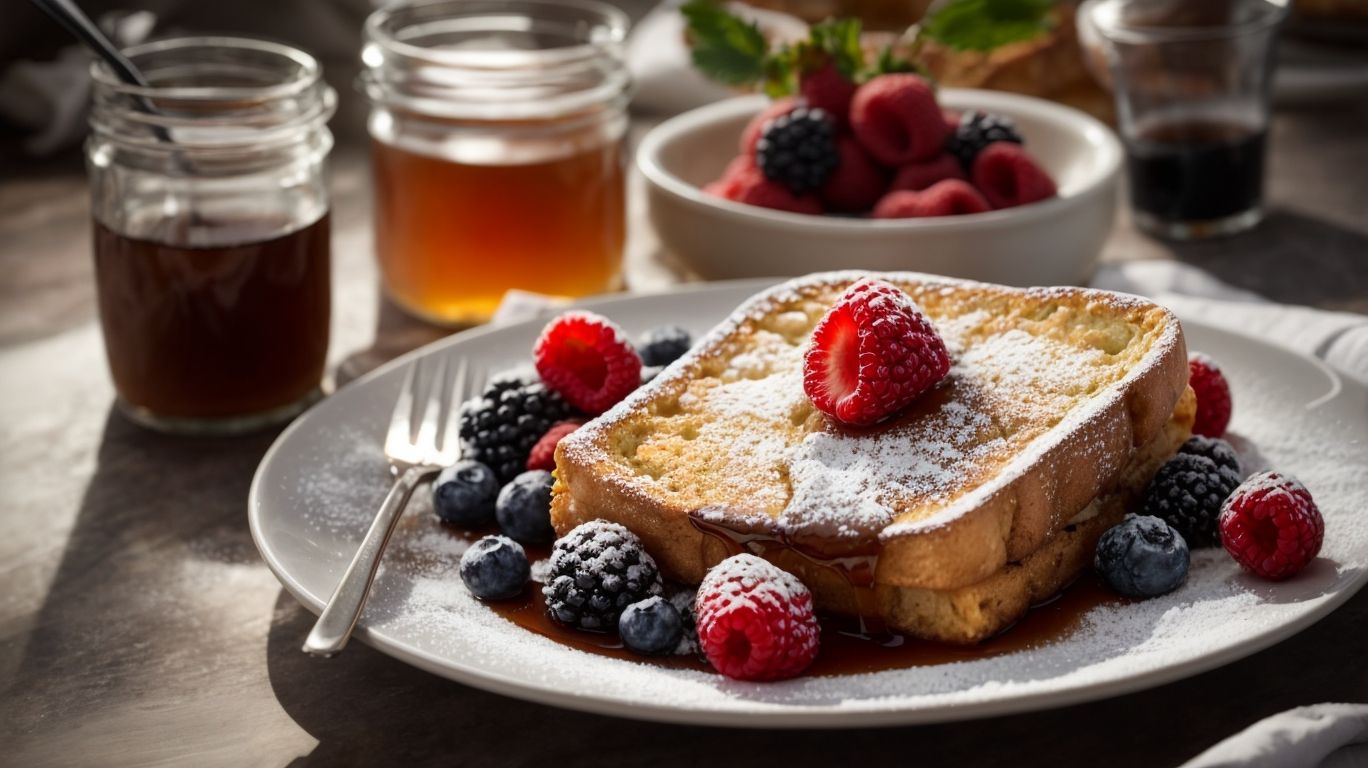
Credits: Poormet.Com – Logan Garcia
Serving French toast offers a canvas for creativity, with a variety of toppings and complementary side dishes that can elevate the dish to new heights.
Regarding topping your French toast, the options are endless. Consider indulgent choices like a dollop of Nutella for a rich and decadent twist, fresh berries for a burst of freshness, or a drizzle of maple syrup to enhance the sweetness. For a touch of luxury, add a dollop of whipped cream on top to create an irresistible treat. Pairing your French toast with sides like crispy bacon for a savory contrast, perfectly cooked eggs for a complete breakfast, or creamy Greek yogurt for a lighter option can bring balance and depth to your meal.
What Are Some Toppings for French Toast?
Toppings play a crucial role in enhancing the flavors and presentation of French toast, with options ranging from classic maple syrup to indulgent combinations like peanut butter and banana.
Regarding topping choices for French toast, the possibilities are truly endless.
- Imagine a generous dollop of whipped cream atop warm, crispy toast dusted with cinnamon – a scrumptious treat for the senses.
- For those looking to add a touch of freshness, consider a medley of mixed berries or even a sprinkle of toasted coconut for a tropical twist.
- Don’t shy away from savory options either; a savory twist with avocado slices, crumbled feta cheese, and a drizzle of balsamic glaze can take your French toast game to a whole new level.
What Are Some Side Dishes That Go Well with French Toast?
Pairing French toast with complementary side dishes can transform a simple breakfast into a hearty and satisfying meal experience.
Consider adding some crispy bacon to your plate alongside the warm and fluffy French toast, as the salty flavor of the bacon perfectly complements the sweetness of the toast. You can also opt for savory breakfast sausage, providing a delicious contrast in textures and flavors.
For those looking for a lighter option, a bowl of fresh cereal can add a crunch to your meal while keeping it balanced. A refreshing fruit salad can bring a vibrant touch to your breakfast spread, offering a burst of juicy flavors to complete your delightful morning feast.
Additional Tips and Tricks for Making French Toast
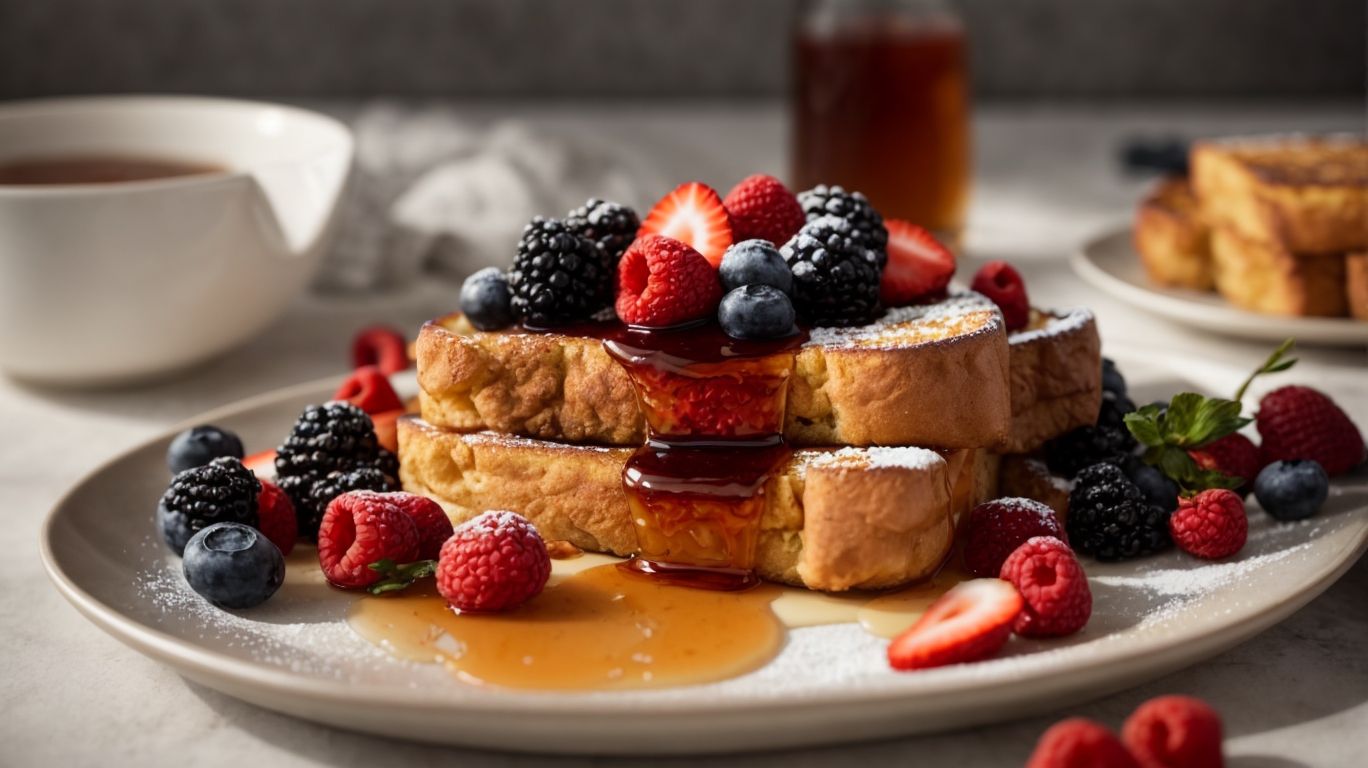
Credits: Poormet.Com – Randy Johnson
Mastering the art of French toast involves a few handy tips and tricks that can take your breakfast game to the next level, from preparing make-ahead options to creating crispy French toast sticks.
One innovative trick to optimize your French toast experience is by freezing and thawing the bread slices before soaking. This process helps the bread absorb the custard mixture more efficiently, resulting in a richer flavor and a creamier texture in every bite. For those who prefer a chewier texture, using slightly stale bread can enhance the overall consistency of the French toast.
To add a delightful twist to your French toast, consider sprinkling a mixture of cinnamon and sugar on top before flipping it on the griddle. This creates a caramelized crust that adds a sweet, crunchy element to the dish, elevating its taste and presentation.
Frequently Asked Questions
1. What ingredients do I need to bake French toast?
To bake French toast, you will need bread, eggs, milk, sugar, vanilla extract, and butter.
2. How do I make the perfect batter for French toast?
To make the perfect batter for French toast, mix eggs, milk, sugar, and vanilla extract until well combined.
3. Can I use any type of bread to make French toast?
Yes, you can use any type of bread for French toast. However, brioche or challah bread works best as they have a denser texture that can hold the batter well.
4. Do I need to let the bread soak in the batter before baking?
Yes, it is important to let the bread soak in the batter for a few minutes before baking. This allows the bread to fully absorb the flavors and ensures a moist and delicious French toast.
5. How do I know when my French toast is fully cooked?
A fully cooked French toast will have a golden brown color and will be slightly crispy on the outside. You can also use a toothpick to check if the batter is cooked in the center.
6. Can I make French toast ahead of time?
Yes, you can make French toast ahead of time and reheat it in the oven or toaster before serving. Just make sure to store it in an airtight container to keep it fresh.

